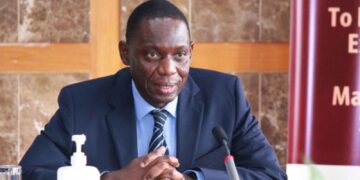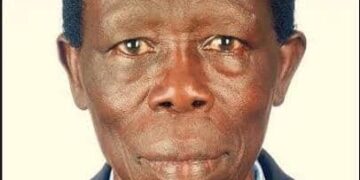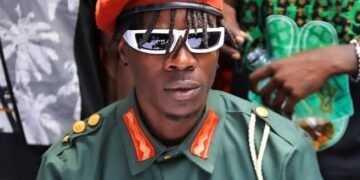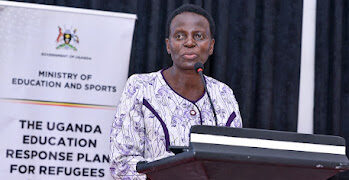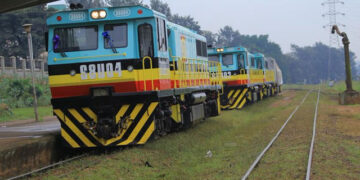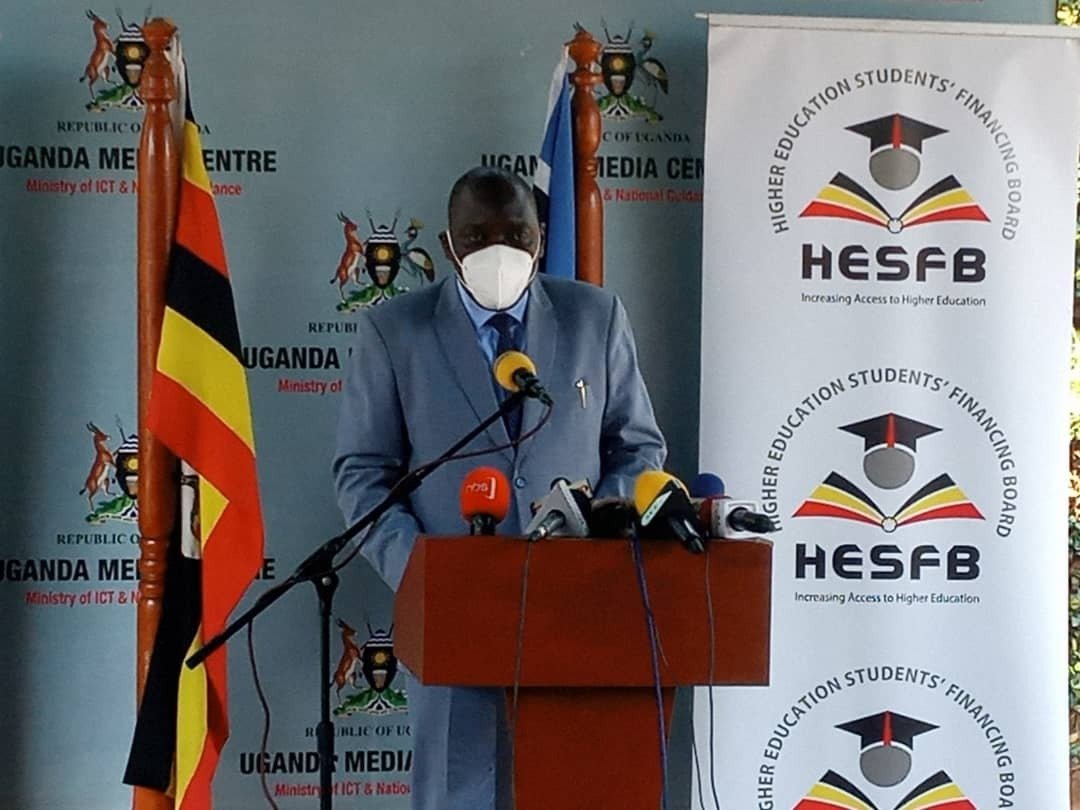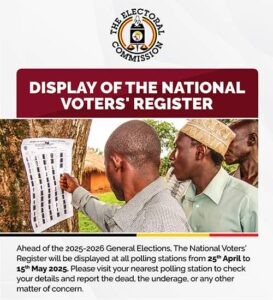He died not in a glittering palace surrounded by adoring subjects; but alone in a humble flat in the poor dockland area of London. This was the tragic end, at the age of 45, of Sir Edward Frederick Mutesa, Uganda’s exiled “King Freddie” who died of acute alcoholic poisoning on November 29, 1969, two days after his 45th birthday. Sabasaba revisted the archives to tell the story.
Although he died a penniless exile, pomp and pageantry marked his return to the land of his forefathers. Sir Edward Mutesa, first President of the republic of Uganda and 36th Kabaka of Buganda Kingdom, was laid to rest at Kasubi Tombs amid unprecedented scenes of military parades and Kiganda traditional rites.
Thousands of mourners braved the scorching sun to pay their respects to the man they used to call Ssabasajja –Husband of the husbands. Gloom, tension and grief reigned at Entebbe airport March 30th 1971 as the aircraft which brought the body of Sir Edward from London appeared on the horizon. As the aircraft, a Cledonian BUA Boeing 707 appeared escorted by Uganda Airforce jet fighters, men, women and children in the crowd could not believe what they were witnessing.
The body was received by General Idi Amin with a presidential salute, and a 73 gun salute thundered. To many people in the crowd, it was a moment of truth because some had erroneously believed that Mutesa was not dead. The crowd burst into tears when the coffin containing the body was carried by a special guard from the plane and flown to Kampala by an army helicopter.
Although the body was flown by helicopter from Entebbe to Kampala, people crowded all the trading centers along Entebbe – Kampala road. Grief could be easily read from their faces as they stood silently with their hands folded. On the plane which carried the body was Sir Edward Mutesa’s widow Nabagereka, foreign affairs Minister Wanume Kibedi, former Katikkiro Mayanja Nkangi and others.
Earlier on, people started assembling at the Kololo airstrip in the morning and by 9am, all the invited guests, including diplomats, religious leaders, representatives of heads of state, high court judges, and members of the funeral committee had arrived. The crowd cheered when the president, General Amin arrived. After shaking hands with the guests, the president walked to salute the national flag and the national anthems of Uganda and the Britain were played before he inspected a guard of honor mounted by the Uganda Army.
Shortly, the helicopter which carried the body appeared and upon landing, Buganda traditional drummers sounded the drums which are normally sounded when the Kabaka is dead.
As sir Edward’s coffin, wrapped in Uganda colors was removed from the helicopter by four army officers, as wailing gripped the airfield. Cries must have been heard miles away, as women, some dressed in black Busuti and clad in bark cloth pieces –traditional dress during times of mourning, threw themselves carelessly into the mud. Men stood, mouths open and enduring the pain of the scorching sun.
Although the Buganda Kingdom was no longer a constitutional monarchy, Sir Edward’s heir, Prince Ronald Mutebi was there to perform an important traditional function –he laid a piece of bark cloth on his father’s coffin and was later led by Buganda Kingdom elders to a hut behind a fence of reeds where he was offered a chair on which he sat. He was then driven away as according to the tradition, he must not attend his father’s funeral.
Amid wailings and sadness among the 30,000 crowd Gen. Amin said; “This is a place of history. We therefore felt it right and fitting that the late Sir Edward Mutesa should come to his palace for one more event of history. His return is what he foretold when he said ‘in the end I shall return to the land of my fathers and to my people.’”
The body was wheeled on a trolley to Namirembe Cathedral. At the Church the Bishop of Namirembe Dunstan Nsubuga led the service, made a short prayer before he together with the choir led the coffin to the Hannington Chapel where it lay in state. On the second night, the body was taken to one of Mutesa’s palaces in Bamunanika where people in the rural areas who could not make it to Kampala paid last respects. The same day the body was flown by a helicopter back to Namirembe where a requiem service was held.
On the day of burial at Kasubi, people lined up all roads that connected Namirembe to Kasubi in the hope they would catch a glimpse of the coffin as Sir Edward Mutesa II went to his final resting place.
Excerpts were picked from pages of Drum and Uganda Argus.
















